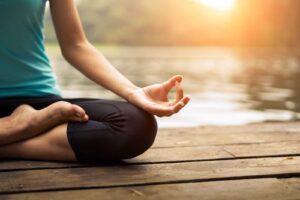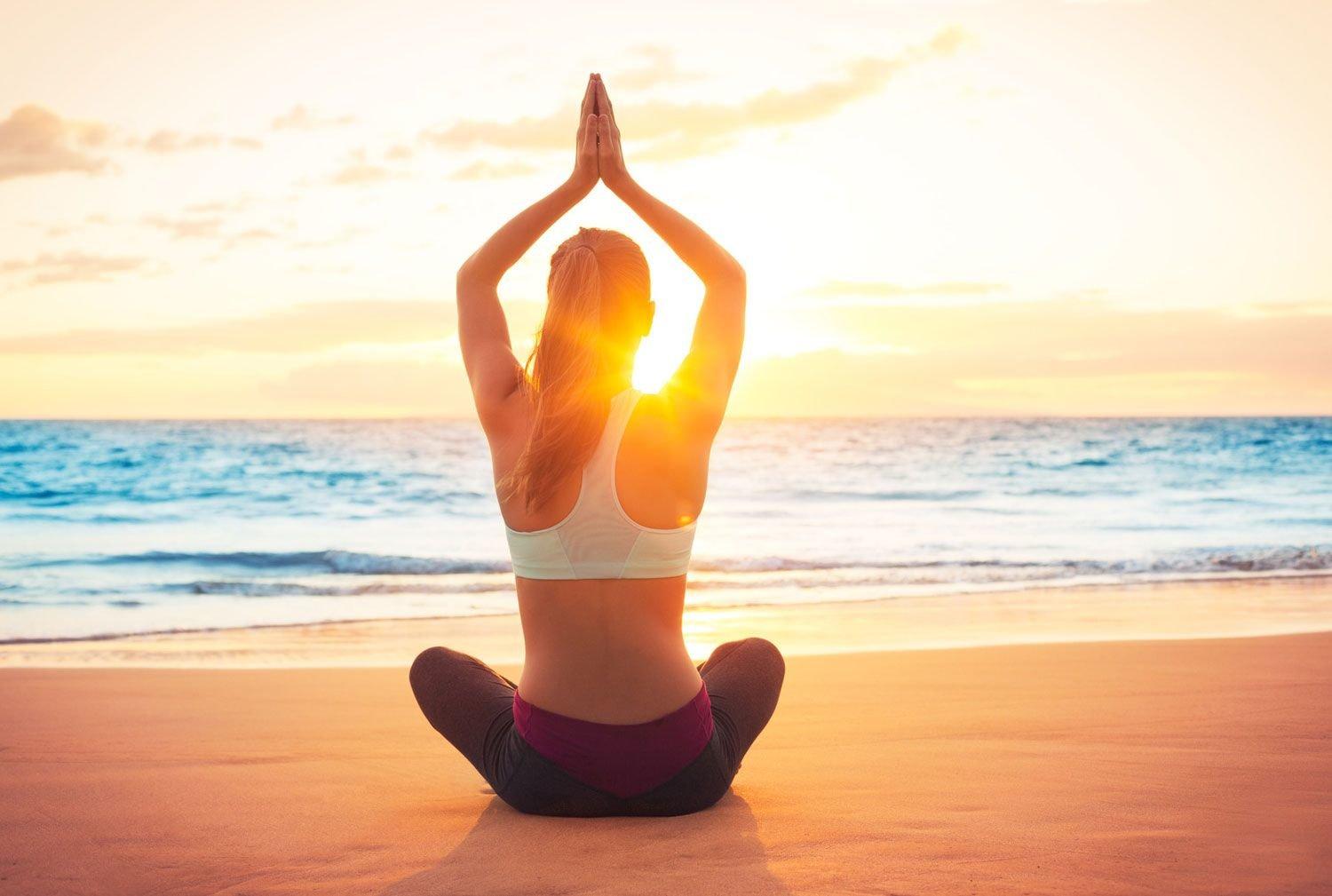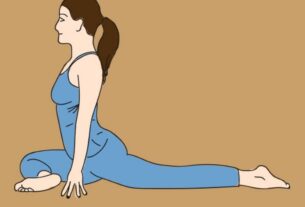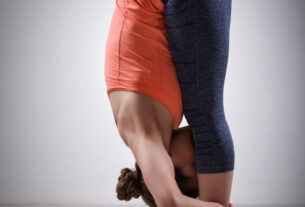Yoga https://www.julianalucky.com/post/mommy-and-me-yoga-benefits is a popular direction that allows you to strengthen the body, work on the level of flexibility and other parameters. Many connoisseurs of this category of activities are interested in how much time should be devoted to asanas. After all, the final result of the exercise depends on the duration.
Yoga courses are different, and when choosing a time interval for holding a position, the following should be considered:
position type;
training level;
the physical condition of the student and the objectives of the classes.
Asana delay time
All exercises are different, so you need to take into account the complexity. There are wellness, relaxing poses, point, complex yoga. This greatly affects the time. For example, a relaxation technique involves holding postures for a long time.
The style you choose is also a determining factor. Yoga classes in dynamics give the following:
 high rate of development of flexibility;
high rate of development of flexibility;
warming up;
opportunity to do more exercise.
In this case, stretching and standing positions provide for a minimum of fixation. The maximum possible position in the pose is reached, then it changes.
The static style gives the following:
postures are well defended;
fixation is maintained for a long time;
reflected in the increase in endurance;
works well on the vessels, causing blood flow to the muscles held in the pose.
Time in this case is determined based on the type of posture.
Time limit
In Moscow, trainings are held for various groups, for example, for the elderly, pregnant women and children, time is always strictly limited. Fixing time in their case is important, especially with power asanas. The teacher makes the lesson softer, chooses less difficult exercises.
In general, a time frame is needed if:
you need to enter the system smoothly, preparing the body;
there are certain health restrictions;
takes a period of getting used to the loads.
Beginners attending yoga classes may have breathing problems, so there may not be enough strength to fix with the help of muscles. In such a situation, teachers focus on developing proper breathing and improving coordination.
Time for different groups of asanas:
Meditative, mental exercises are motionless, sidhassana and the lotus position are performed as much as there is time, or according to physical ability.
Postures for healing and acupressure are used as needed: matsyasana – 30 seconds, garudasana – one minute per side, halasana – within 3 minutes, mayurasana – if possible.
Asanas in a standing position should be held for a minute.
Stretching exercises are fixed within a 3-minute segment.
Requiring constant twisting efforts, turns hold for about half a minute.
Passive crunches can be saved for up to 5 minutes.
Inverted poses are limited to 3 minutes.
Meditative postures are limited by the speed of the flow of the legs. When numb, the posture is changed.



